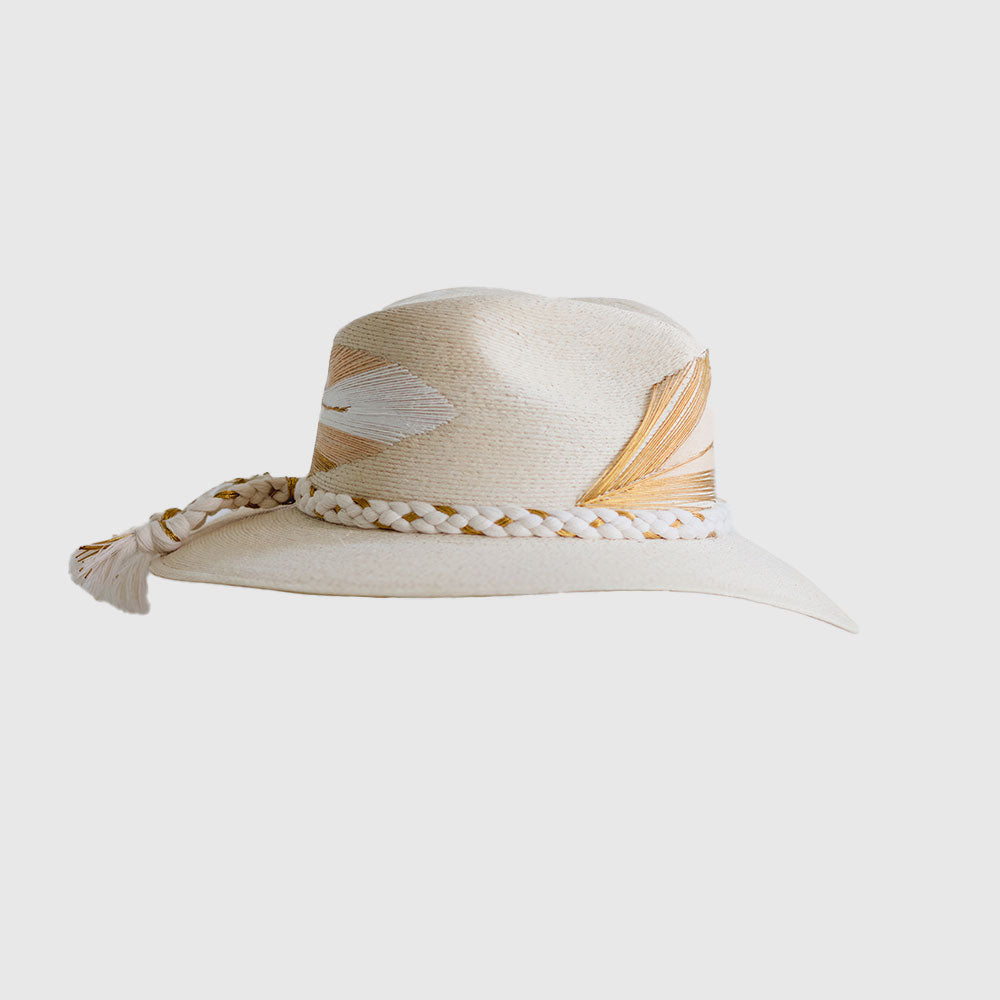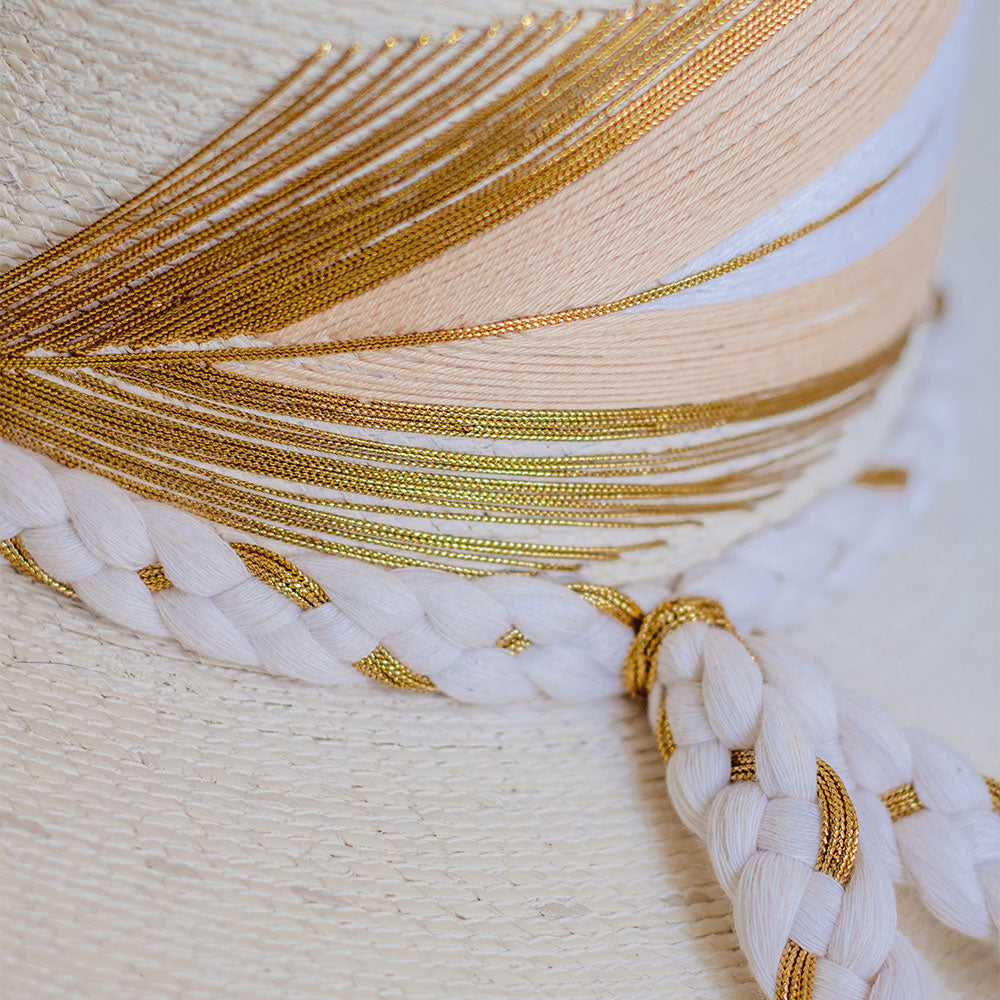
Crafting Elegance: The Art of Making Straw Hats

Straw hats have a timeless appeal that transcends generations and fashion trends. These lightweight and breathable accessories are not only practical for sun protection but also intricate works of craftsmanship. The art of making straw hats is a delicate and skilled process that has been perfected over centuries.
A Brief History of Straw Hats
Straw hats have a rich history, with evidence of their use dating back to ancient civilizations. The choice of straw as a material was primarily due to its abundance and affordability. Over time, different regions developed their unique techniques and styles of straw hat-making, resulting in a wide variety of designs and patterns.
In Europe, straw hats gained popularity in the 18th century, with the boater and panama hat becoming iconic styles. The boater, with its flat crown and ribbon band, was a staple in men's fashion, often worn for summer events. The panama hat, which originates from Ecuador, became a symbol of sophistication and is still highly sought after today.
The Art of Crafting Straw Hats
Crafting straw hats is a meticulous process that requires skill, patience, and attention to detail. Here are the key steps involved in making a traditional straw hat:
-
Harvesting and Preparing the Straw: The first step is selecting the right type of straw, typically from wheat, rye, or other suitable crops. The straw is harvested and cleaned to remove impurities and then bleached to achieve the desired color.
-
Weaving the Hat: The straw is then braided or woven into a pattern that forms the base of the hat. Different styles of hats require various weaving techniques, from simple to complex, and may involve intricate designs.
-
Shaping and Sizing: The woven straw is moistened and then shaped into the desired hat form using specialized molds and tools. This process requires precision to achieve the right size and shape.
-
Drying and Strengthening: After shaping, the hat is left to dry, allowing the straw to harden and retain its shape. Some hats may undergo a stiffening process to ensure durability.
-
Trimming and Decoration: Once the hat is dried, it can be trimmed and decorated according to the desired style. Ribbons, bands, and other embellishments are added to enhance the hat's appearance.
Contemporary Straw Hat Styles
Straw hats continue to be a popular accessory for warm weather, with various styles to choose from:
-
Wide-Brimmed Sun Hats: These are ideal for protecting the face and neck from the sun's rays, making them a popular choice for beachgoers and outdoor enthusiasts.
-
Fedoras and Panama Hats: These classic styles are often worn for a touch of sophistication and elegance, making them suitable for both formal and casual occasions.
-
Boater Hats: These flat-crowned, wide-brimmed hats are reminiscent of the 1920s and are a trendy choice for summer events and garden parties.
In conclusion, the art of crafting straw hats is a captivating blend of tradition and innovation. These timeless accessories continue to capture our imagination with their charm, making them not just practical but also symbols of enduring craftsmanship and style.














